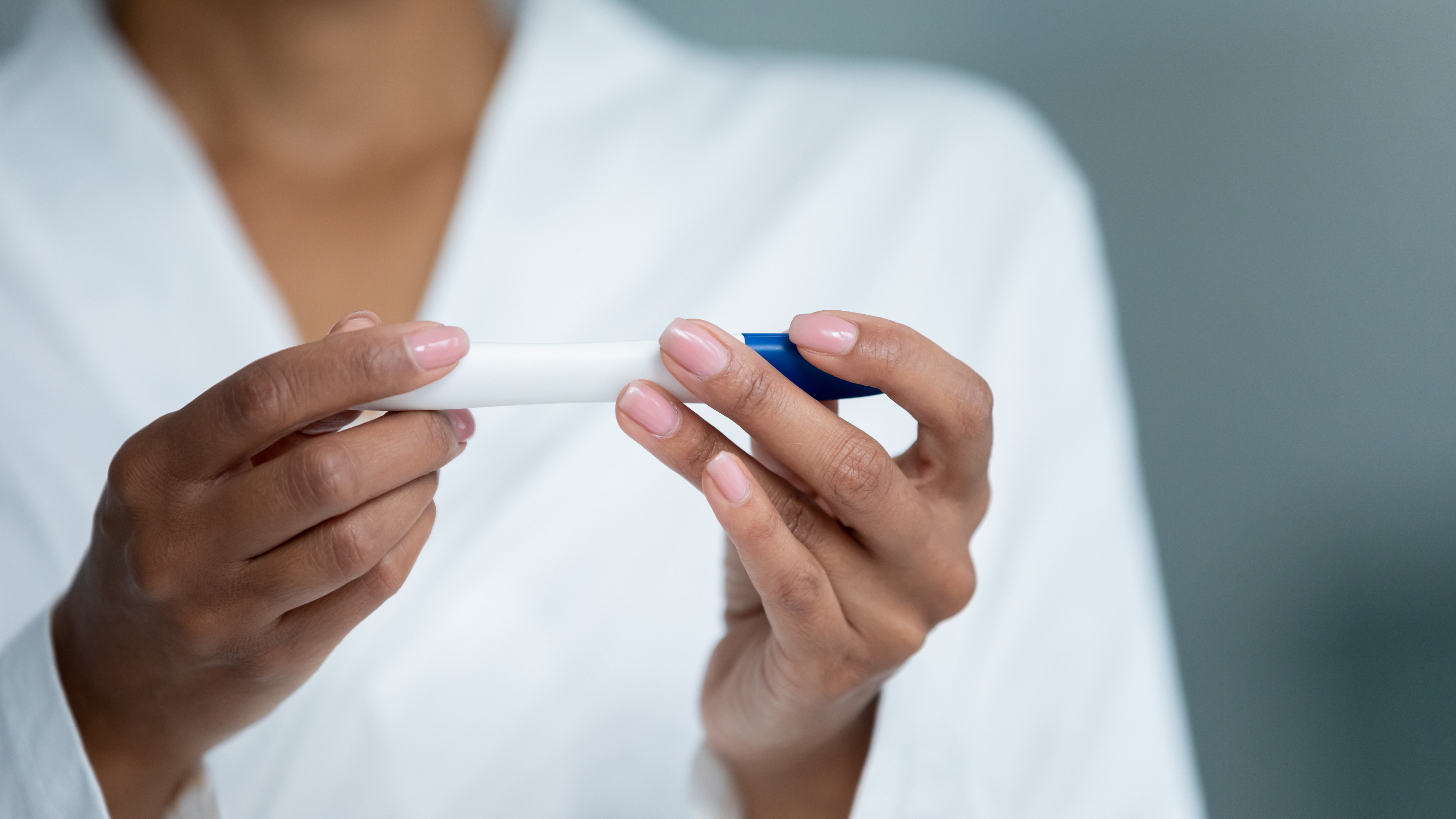Most women overestimate their chance of IVF success

New research shows that more than half of women who have IVF overestimate their chance of having a baby after one treatment cycle and wish that they had been given more realistic information about IVF and the likelihood of success.
In an online survey, 217 Australian women who had undergone IVF treatment in the last few years were asked ‘‘At the time of your first IVF cycle, roughly what did you think your chance of having a baby was, after one complete IVF treatment cycle?’. Their responses were then compared with their real chance according to an IVF success rate calculator which gives chance of success by age. Women were also asked to rate their own level of understanding about chance of IVF success and the quality of information about IVF success provided by the clinic on a scale of 0-10. Lastly, they were asked what they wished they had known before starting IVF.
More than half of the women (54%) overestimated their chance of a baby. Women over the age of 40 who were three times more likely to overestimate their chance of success than younger women. The average estimated chance among women over the age of 40 was 44% compared to the real chance for women in this age group which is 16%. Significantly, the higher the women rated their own level of understanding of IVF success and the quality of the information about IVF success that they had received from the clinic, the less likely they were to overestimate their own chance. Most of the responses to the question about what they wished they had known when they started IVF related to the idea of having a realistic expectation, mainly through understanding the chance of success and what to expect during IVF treatment.
This study shows the importance of giving women personalised and realistic information about their chance of having a baby with IVF when they first start treatment. This would help them manage their expectations and understand that they are likely to need several cycles to have a reasonable chance of success.
Source
C McMahon, K Hammarberg, S Lensen, R Wang, B W Mol, B J N Vollenhoven, What do women undergoing in vitro fertilization (IVF) understand about their chance of IVF success?, Human Reproduction, Volume 39, Issue 1, January 2024, Pages 130–138, https://doi.org/10.1093/humrep/dead239
Helpful resources
To help you estimate your chance of IVF success, this graph shows the chance of having a baby after one, two and three rounds of IVF by age:
The graph above, which was published in VARTA's 2022/23 Annual Report, shows birth rates for people who had up to three stimulated IVF cycles in Victoria. It is called the cumulative live birth rate because it shows the proportion of people who had a baby after one, two or three stimulated IVF cycles, including all fresh and frozen embryo transfer attempts associated with these complete cycles. This data includes people tracked for three to four years until 30 June 2022. As shown in the graph, for women aged up to 30 years the chance of a baby was 45.1 per cent after one stimulated cycle and 65.5 per cent after three stimulated cycles. For women aged 42-43, the chance of a baby was 5.7 per cent after one stimulated cycle and 12.1 per cent after three stimulated cycles. While age is a key factor, other factors contribute to the chance of success. The cumulative live birth rate for individual women depends on their circumstances and may be higher or lower than the average figures provided here.
You can also use the YourIVFSuccess Estimator which gives an estimate of your chance of IVF success based on the information you enter. The chance of a baby is calculated using a database of all people who have had IVF treatment in Australia.